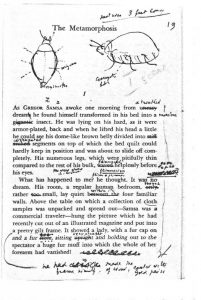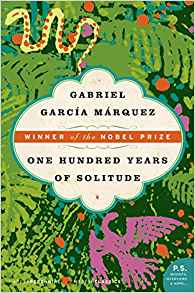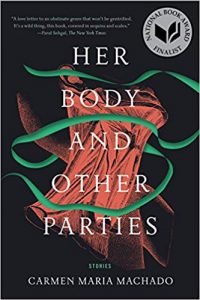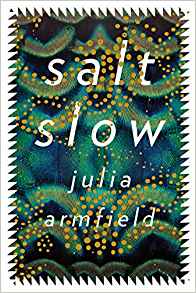I read the three stories assigned for today: ”Mantis,” “Beast,” and ”Fatso.” Beast is about a woman who turns into a deer at night. Fatso is about a girlfriend who turns into a fat man at night. Mantis is about a girl who is experiencing odd changes in her appearance.
The first story I read was Mantis by Julia Armfield. The first time I read it, I completely missed the obvious parallels between the girl’s puberty and the teenage girl’s transformation throughout the story. The transformation of undergoing bodily changes. The shedding of skin. The teeth falling out. The hair. Compared to the normal girls who started shaving their legs, and their body’s physical changing shape. The girls went from not liking boys, to this boy, that boy. They all felt a change, which is why I don’t think they really thought much about the fact that she was changing differently. I mean puberty is sometimes perceived as such a simple thing when in fact it’s so complex. And Julia Armfield just shows how simple it is to turn into a praying mantis and nobody really thinks much about it. The girls want the boys to find them attractive and see them romantically. What difference does it really make that the narrator doesn’t just want to kiss boys and instead wants to consume them because it’s what she’s built to do.
The second story was “Beast.” Samantha Hunt. I didn’t quite understand everything going on. But it does seem to have a basic sense of an underlying meaning. The wife starts to turn into a deer after cheating on her husband. That’s her secret. She craves another man. It’s always been explained as animalistic, “losing control” to cheat on a significant other. But at the end of the story she realizes her husband has also turned into a deer, meaning that he has a secret as well. Maybe he also “lost control” and acted in an “animalistic” way while cheating. And so do all the other people who have changed. They carry on in this pact that really has no end. They all have a secret.
The last story I read was Fasto, by Etgar Keret, which was extremely humorous. The story takes place with a girlfriend having a very strange secret. She turns into a big fat hairy man at night. The only problem is that her boyfriend doesn’t know yet. Well, he finds out… and he loves it. Of course, after some time. I would have expected a completely different ending, I mean who expects the love of their life to completely change every night and not find some sort of huge problem. Well, not this man. He seems to enjoy getting the best of both worlds, by having his beautiful girlfriend by day and an amazing best friend by night.







